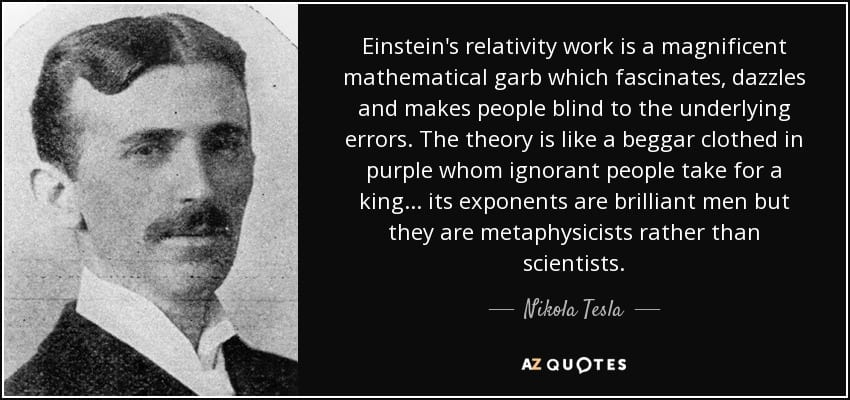The Banking Act of 1935, which greatly increased Roosevelt’s power over the nation’s finances, was an integral part of the legislation by which he proposed to extend his reign in the United States. It was not opposed by the people as was the National Recovery Act, because it was not so naked an infringement of their liberties. It was, however, an important measure. First of all, it extended the terms of office of the Federal Reserve Board of Governors to fourteen years, or, three and a half times the length of a Presidential term. This meant that a President assuming office who might be hostile to the Board could not appoint a majority to it who would be favorable to him. Thus, a monetary policy inaugurated before a President came into the White House would go on regardless of his wishes.
The Banking Act of 1935 also repealed the clause of the Glass-Steagall Banking Act of 1933, which had provided that a banking house could not be on the Stock Exchange and also be involved in investment banking. This clause was a good one, since it prevented a banking house from lending money to a corporation which it owned. Still it is to be remembered that this clause covered up some other provisions in that Act, such as the creation of the Federal Deposit Insurance Corporation, providing insurance money to the amount of 150 million dollars, to guarantee fifteen billion dollars worth of deposits. This increased the power of the big bankers over small banks and gave them another excuse to investigate them.
The Banking Act of 1933 also legislated that all earnings of the Federal Reserve Banks must by law go to the banks themselves. At last the provision in the Act that the Government share in the profits was gotten rid of. It had never been observed, and the increase in the assets of the Federal Reserve Banks from 143 million dollars in 1913 to 45 billion dollars in 1949 went entirely to the private stockholders of the banks. Thus, the one constructive provision of the Banking Act of 1933 was repealed in 1935, and also the Federal Reserve Banks were now permitted to loan directly to industry, competing with the member banks, who could not hope to match their capacity in arranging large loans.



